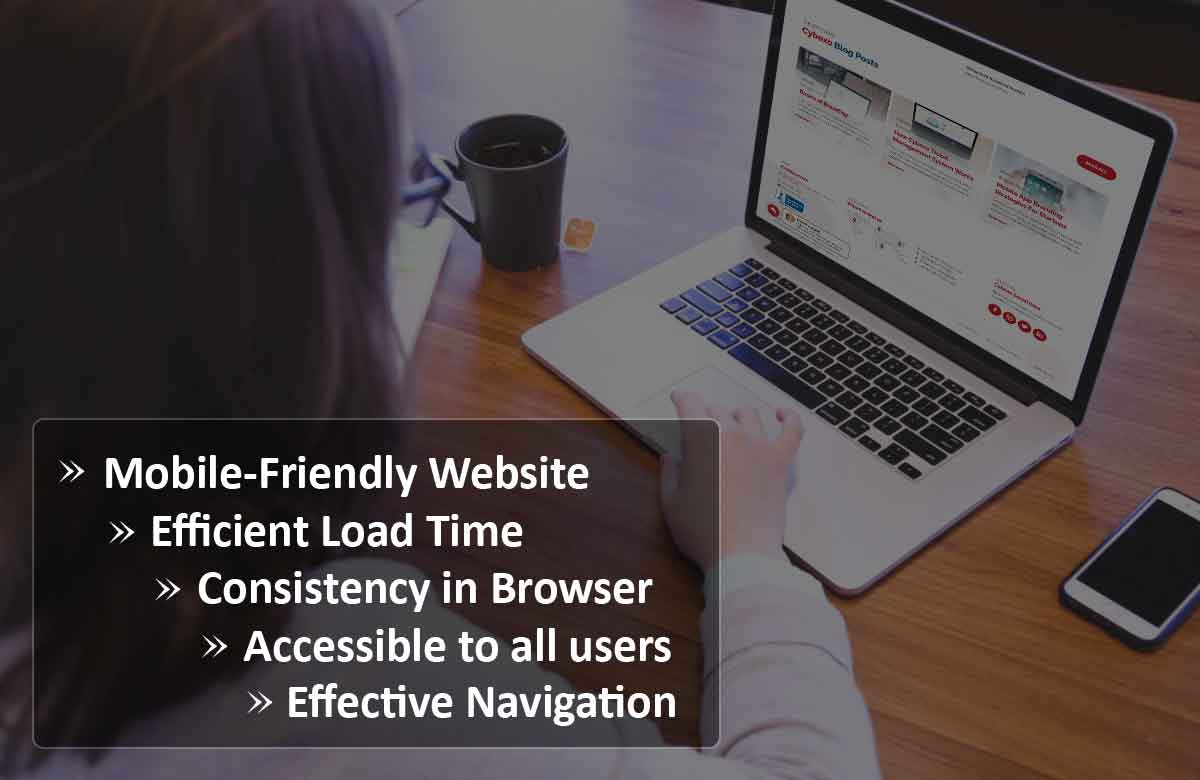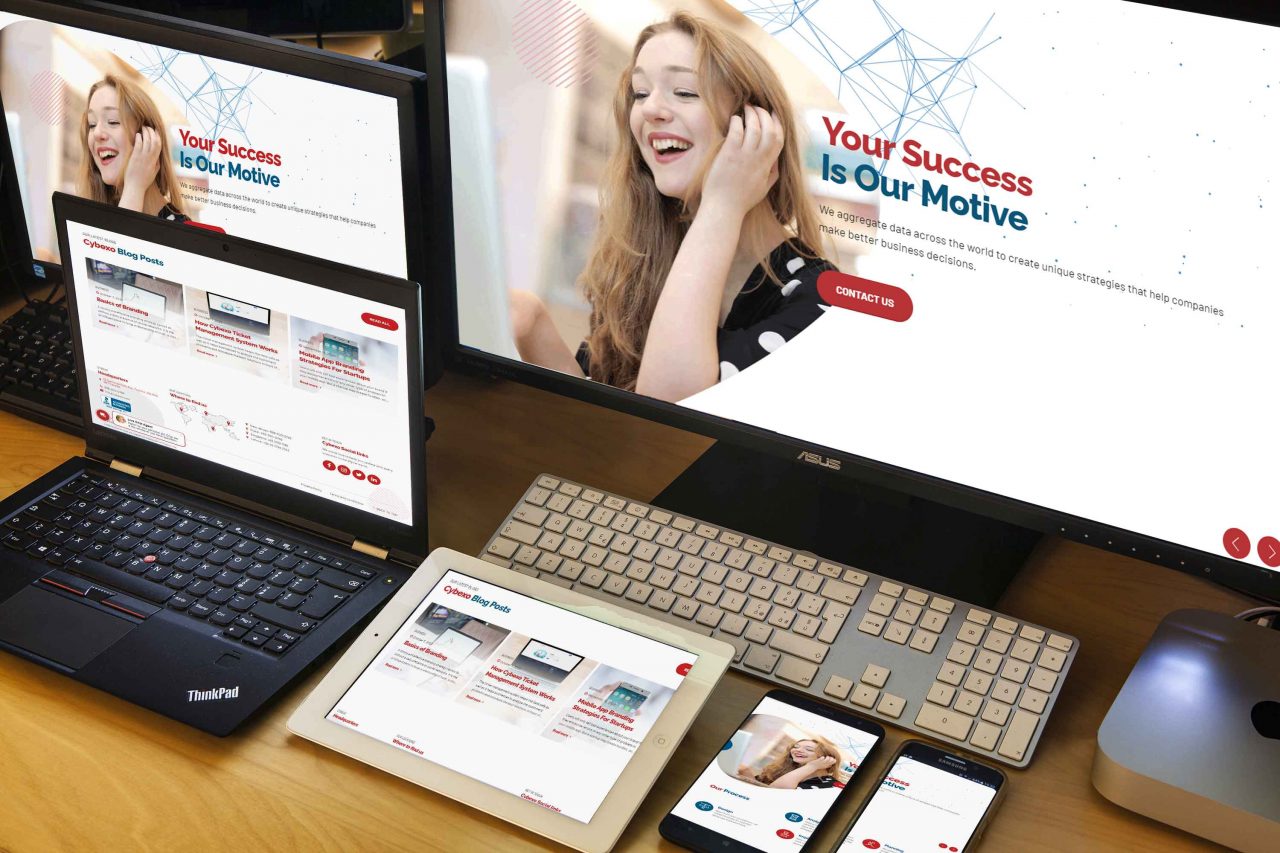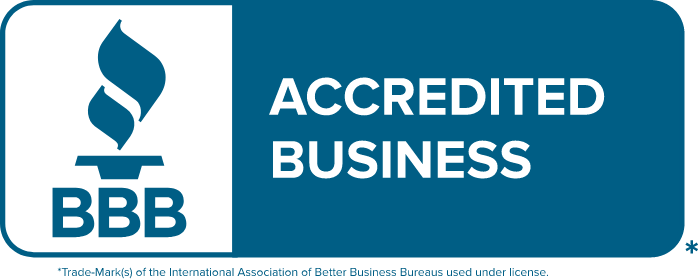An important aspect that is mostly neglected by many businesses is the “user-friendly website”. Usability plays a key role in the success of any website. A friendly web design keeps the attention of users and creates a trust element in front of users. The user spends more time in a friendly environment that ultimately helps to rank up the website by decreasing its bounce rate in all search engines, more on the website is visible and accessible for more net surfing users.
A good look is not only the requirement for a successful website. Usability really matters, it creates ease for the users to find relevant information they need. Many things are considered to improve the website’s usability. We will discuss the key characteristics to make a user-friendly website.
Characteristics for User-Friendly Website:

- Mobile-Friendly Website
- Efficient Load Time
- Consistency in Browser
- Accessible to all users
- Effective Navigation
Mobile Friendly Website:
In 2020, search engines are giving priority to the sites that are mobile optimized. It is compulsory for site owners to create a mobile-friendly website if they need high rankings in search engines. A mobile-friendly website is now a ranking factor. To make a mobile-friendly website, one should keep the following aspects in mind:
- Mobile phone processors are typically slower than computers.
- Mobile screens are small
- People poke fingers on the touch screens
- Mobile networks have usually lesser bandwidth and slower load speed.
Have a look on easy step-by-step guide that provides a clear strategy to create a mobile friendly website.
Test or audit your website and check whether it fails or passes the mobile-friendly test. Choose a suitable solution that makes a responsive, dynamic, and mobile-friendly website. Use mobile SEO practices, the website should meet Google mobile-friendly website criteria like responsive images and readable text. Avoid mistakes like irrelevant links. Do not block JavaScript, CSS, or image files. Use SEO tools to improve ranking, ensure consistency for mobile and desktop views. A user-friendly website is one that can run on all devices and have a responsive view of every size of the screen.
Efficient Load Time

A website that takes a long time to load is the most annoying thing for a website user. Slow load time is one of the main reasons why users leave the website. Create a website while considering that a good website’s load time is about 4 to 6 seconds, as it is also a search engine ranking factor.
The most common factors that affect a website’s speed are third-party website plugins, widgets, and social media inclusion on the website. Try to limit the use and only use the ones that are necessary. Remember, typical customers will only wait a few seconds for your page to load and after that, they will move towards your competitor’s site and avoid visiting your site again.
Browser Consistency For User-Friendly Website
Consistency in the browser is very easy to overlook. It’s bad for branding perspective and has a negative effect on website usability. So, it’s important to ensure your website appears, behaves consistently across all major browsers like Chrome, Opera, Firefox, and Safari.
Accessible to all users
Creating a user-friendly website has become a necessity. Not only that, the website should be accessible to all including disabled or elderly users. These users usually use screen readers to access the website. Guidelines of website accessibility highlight simple web design techniques that help the website available to a larger audience.
Effective Navigation
One of the most important aspects is effective navigation to make a user-friendly website. Menus that are developed using simple HTML or JavaScript appear consistent on all browsers and platforms.
It is important for navigation to be clutter-free. Try to make limited menu items as far as possible. Drop-down menus or sub-menus are the best options for large sites. Advanced JavaScript libraries like Ajax and Mootools gave many new possibilities to create user-friendly, innovative, and efficient navigations. Some key points are more important for navigation than a menu:
- Multiple ways to explore content like “Most Popular”.
- Informative header and footer.
- Good internal linking.
Good website usability increase visitors and increase the chances of success. Given all above characteristics are general but very important for each website to apply.


